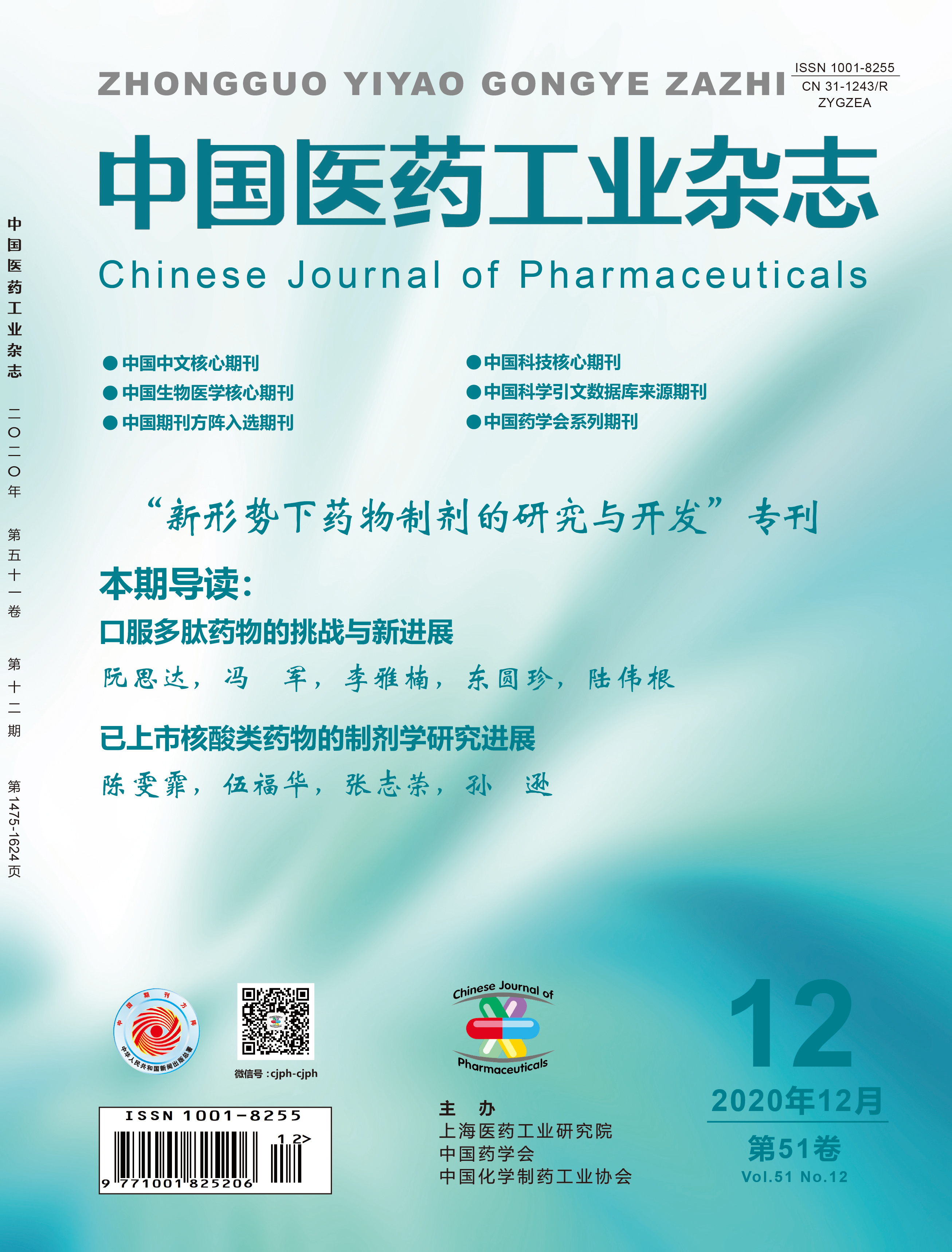Perspectives & Review
CHEN Wenfei, WU Fuhua, ZHANG Zhirong, SUN Xun
In recent years, due to the enhanced knowledge about the genetic basis of disease, nucleic acid drugs including plasmid DNA, antisense oligonucleotide, small interfering RNA, microRNA, and other gene-based therapies have drawn wide attention on a global scale, and some of these nucleic acid drugs have been approved for clinical use. However, a series of systemic and intracellular obstacles for gene delivery, such as fast degradation in blood, rapid hepatic and renal clearance, low cellular uptake efficiency, and inefficient endosomal escape, have greatly hindered the development of nucleic acid drugs. Therefore, viral and non-viral gene delivery systems become the major technological means to transport genes to reach cytosol or cell nucleus, and to achieve therapeutic effect. In this review, we introduce the barriers and challenges of gene delivery in vivo, summarize recent advances on the approved nucleic acid drugs, and mainly discuss their delivery systems from the aspects of formulations.
